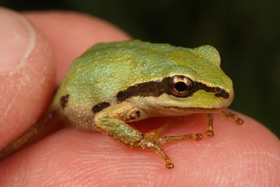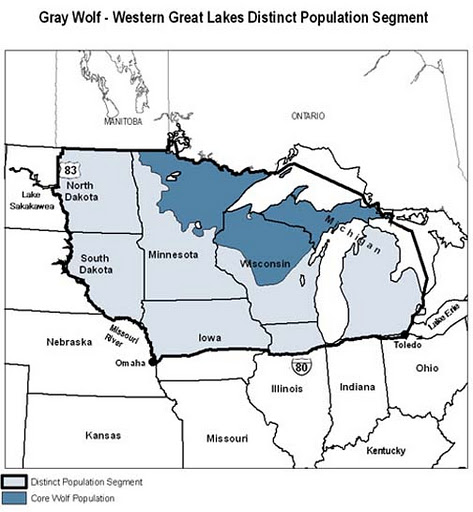 Things have actually been pretty quiet over the past month when it comes to wildlife diseases. The big news, of course, is white nose syndrome in Alabama, but there have been a few other stories worth noting.
Things have actually been pretty quiet over the past month when it comes to wildlife diseases. The big news, of course, is white nose syndrome in Alabama, but there have been a few other stories worth noting.
Rabbits can get prion diseases. Once it looked like they were immune to diseases in the family of mad cow and chronic wasting disease, but the latest research shows they can get it. (See the original paper in the Proceedings of the National Academy of Sciences.)
At least one frog species, the Pacific chorus frog, is a carrier of chytrid fungus, a recent study found. Read the LiveScience story via MSNBC. The study was published recently in PLoS ONE, read it here. Or read the San Francisco State University press release, here.
A wolf suffering from parvovirus was discovered in Idaho. Parovirus effects all canids, including domestic dogs. There is a vaccine for the disease available for dogs. Read the Idaho Department of Fish and Game press release here.
Also, there has been an outbreak of canine distemper in gray foxes in Michigan.
For birds:
The red tides on the Gulf coast of Texas have caused the deaths of redhead ducks.
The death of eider ducks on Cape Cod (Massachusetts) has been pinned on a virus, named Wellfleet Bay virus.
Ten wild turkeys were found dead from avian pox, a virus, in southeast Montana.
Finally, back in late February, brucellosis, a cattle disease, was found in elk in Montana.
Photo: A Pacific chorus frog. Credit: Joyce Gross





